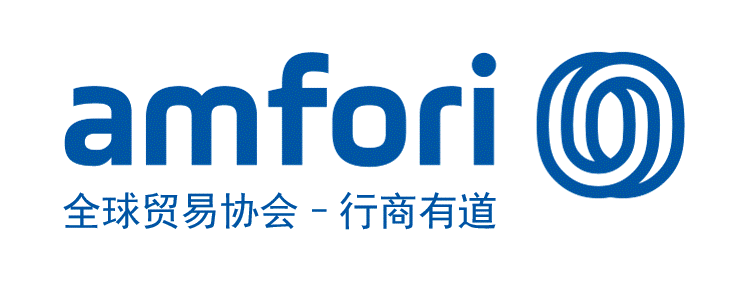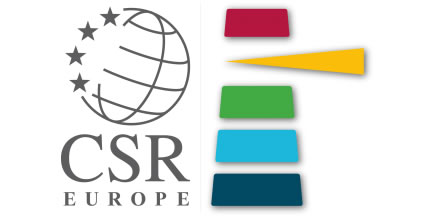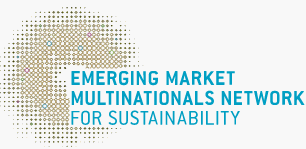Creating a Chinese miracle in global poverty reduction
2019-10-17GoldenBeeWang Sangui0

Wang Sangui, Dean of Chinese Academy of Poverty Alleviation, Renmin University of China
As an economic and social phenomenon, poverty has been embedded in the process of economic and social development. Affected by historical and realistic factors, China is suffering a wide range and deep degree of poverty. Poverty is a major issue that cannot be avoided in the process of China's social and economic development.
Since the founding of the People's Republic of China, especially since the reform and opening up, China's poverty alleviation and development undertaking has lifted over 700 million rural residents out of poverty and contributed more than 70% to the global poverty reduction after decades of joint efforts made by the Communist Party of China and the whole society. China has become the first developing country to achieve the UN Millennium Development Goals in the world and has won wide acclaim from the international community.
Since the founding of the People's Republic of China, especially since the reform and opening up, China's poverty alleviation and development undertaking has lifted over 700 million rural residents out of poverty and contributed more than 70% to the global poverty reduction after decades of joint efforts made by the Communist Party of China and the whole society. China has become the first developing country to achieve the UN Millennium Development Goals in the world and has won wide acclaim from the international community.
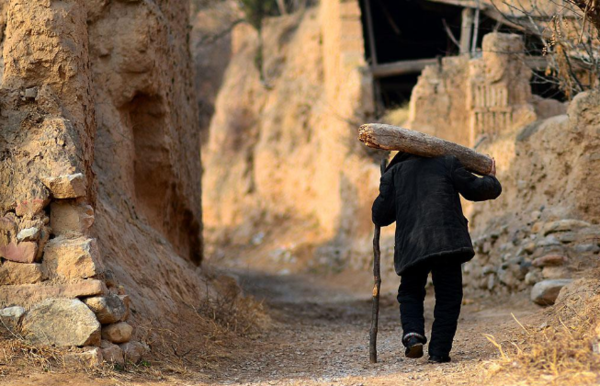
China's poverty reduction goals and policy system
China's poverty reduction goals can be roughly divided into three levels: first, solving the survival problem of the poor; secondly, creating basic production and living conditions for the poor; and finally, training and strengthening the ability of the poor to shake off poverty and realize independent development.
Along with the changes in China's macroeconomic system and development strategy, China's poverty alleviation and development undertaking has experienced a long process of continuous institutional change, policy reform and method innovation. In terms of the evolution process, China's poverty alleviation policies have experienced five stages, i.e. survival guarantee (1949-1978), structural reform (1979-1985), solving the problem of food and clothing (1986-2000), consolidating adequate food and clothing (2001-2010) and building an all-round well-off society (2011-2020). A poverty alleviation policy system with Chinese characteristics has been gradually established through formulating and implementing relief, preventive and development policies.
Poverty alleviation model with Chinese characteristics
"Development-oriented poverty alleviation" is the core and foundation of China's rural poverty alleviation policy. The so-called development-oriented poverty alleviation is mainly distinguished from the traditional decentralized poverty relief in the past. In the process of development-oriented poverty alleviation, the Chinese government has focused on adopting various methods and means and taking comprehensive measures to help the rural poor people out of poverty. For example, the government promotes the productivity in poverty-stricken areas, adjusts economic structure, develops local resources, and guides poor areas and poor peasants to develop market-oriented commodity production and improve self-accumulation and self-development capabilities.
"Targeted poverty alleviation" is the new concept, basic strategy and practical requirements for development-oriented poverty relief against the background of new situations and new problems. It is an innovative policy for rural poverty alleviation in China, and its core is to make the poverty alleviation target at every household and every one in rural areas.
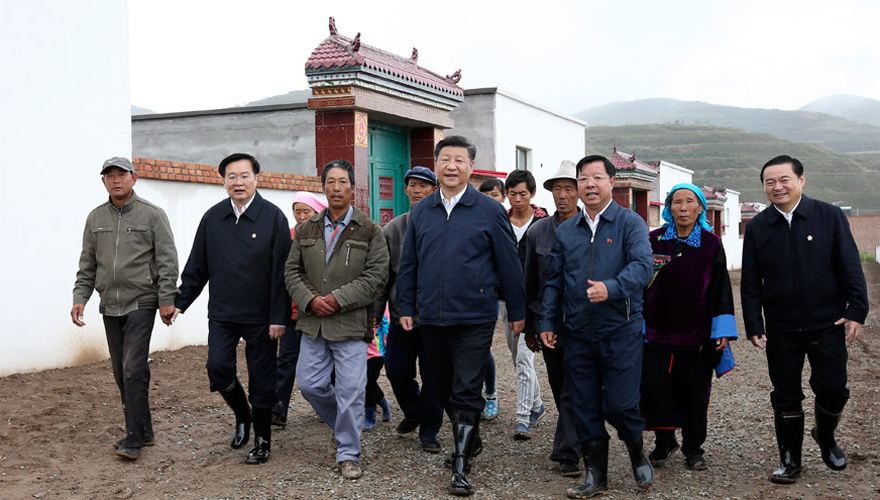
In November 2013, Chinese President Xi Jinping proposed the concept of targeted poverty alleviation for the first time. In November 2015, the Meeting of the Political Bureau of the CPC Central Committee deliberated and passed the Decision on Winning the Fight against Poverty, which explicitly requests to follow the basic strategy of targeted poverty alleviation and resolutely win the battle against poverty. The main contents of targeted poverty alleviation in China include targeted objectives, targeted project arrangement, targeted use of funds, measures for targeted households, targeted personnel assignment to villages and targeted poverty alleviation achievements.
Specifically, China's targeted poverty alleviation can be summarized as the following main experience and practices:
Assets income mode: it capitalizes or stocklizes the natural resources, public assets (funds) or peasants' equities, and distributes the profits to poor villages and poor farmers according to their shares or specific proportions after the relevant business entities use such assets to generate economic benefits.
E-commerce development mode: it is an Internet-based targeted poverty alleviation model that drives online entrepreneurship and online consumption by means of e-commerce and promotes sales of featured products in poor areas.
Relocation mode: it aims to fundamentally change the situation of poverty by relocating the registered poor people living in areas with harsh natural conditions, fragile ecological environment and insufficient conditions for production and development to places with relatively complete infrastructure and good ecological environment on a voluntary basis.
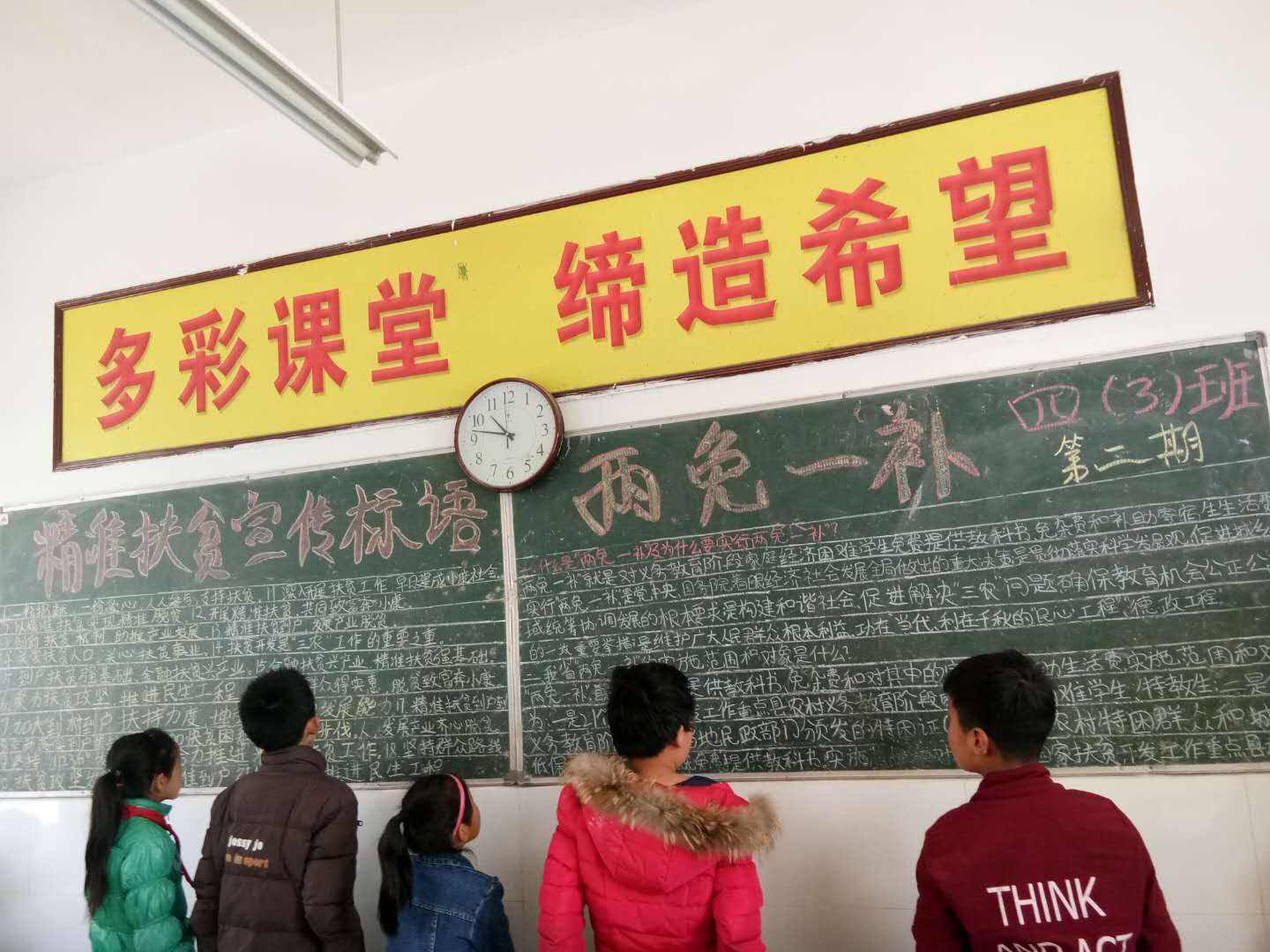
Educational support mode: it provides education investment and education funding for poor people in poverty-stricken areas, helps the poor acquire the knowledge and skills to get rid of poverty, promotes income growth by improving the scientific and cultural quality of the local population, and finally shakes off poverty. This mode is conducive to blocking the intergenerational transmission of poverty.
Subsidy mode: it is a poverty alleviation model that provides relief to rural residents who are suffering from years of hardship due to disabilities, old age, loss of working ability and poor production conditions.
Health protection mode: it ensures the rural poor people to have access to basic medical and health services, and it strives to prevent them falling into poverty due to illness and returning to poverty due to illness.
Financial support mode: it is a model that financial institutions provide credit funds for poor areas and poor peasants, and financial poverty alleviation products are developed from interest-discounted loans for poverty alleviation to risk awards, secured mortgage systems, agricultural insurance, poverty alleviation industry development funds and local bonds, etc.
Ecology mode: it combines poverty alleviation with ecological environmental protection to achieve a benign interaction between the two and realize coordinated development of ecological civilization construction and poverty alleviation.
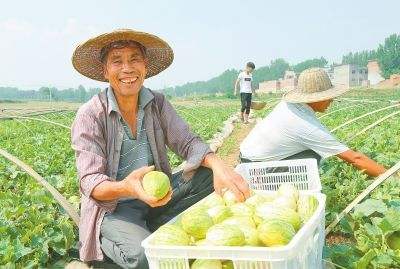
China's targeted poverty alleviation has produced a lot of new ideas, new practices and new models in practice, providing an important guarantee for achieving the goal that all the poor people in China's rural areas and all the poverty-stricken counties will be lifted out of poverty by 2020. Meanwhile, China’s poverty alleviation efforts has also made great contributions to the global poverty reduction and provided a successful Chinese example for sustainable poverty reduction in developing countries.
Poverty alleviation achievements made in the seven decades since the founding of the People’s Republic of China:
Poverty is a major problem that seriously plagues human society and a common challenge faced by the whole world. Over the past seven decades since the founding of the People's Republic of China, the Chinese Communist Party has led the people of the whole country to become self-reliant and hard-working, and has initiated the most ambitious poverty reduction process in human history. Since the 18th National Congress of the Communist Party of China, the Party Central Committee with Comrade Xi Jinping at its core has historically proposed the goal of eliminating absolute poverty by 2020. China's poverty alleviation has created a miracle in the world and shown the responsibility undertaken by a great power.
António Guterres, Secretary-General of the United Nations has spoken highly of it, "China has made the greatest contribution to global poverty reduction in the past 10 years."

According to The Millennium Development Goals Report 2015, the proportion of China's extremely poor population fell from 61% in 1990 to less than 30% in 2002, first reducing by half, and then dropped to 4.2% in 2014. China has contributed over 70% to the global poverty reduction.
According to the statistics of the State Council Leading Group Office of Poverty Alleviation and Development, China reduced the number of rural poor people by 13.86 million in 2018, lifting more than 10 million people out of poverty for six consecutive years, 283 counties across the country were out of poverty. In 2019, China plans to lift another 10 million people and 330 counties out of poverty.
(Translated by GoldenBee, the Chinese version of this article is issued on China Sustsinability Tribune wechat account)
(Images in this article are from the Internet)
Best Practices
- The 100-year brand — Air Liquide also has a sense of juvenile
- Beijing Public Transportation Corporation: Developing green transportation to build a harmonious and livable capital
- CGN: Building a modern factory in barren deserts and developing a new win-win cooperation model along “Belt and Road”
Upcoming Event

All the materials on the site “Source: XXX (not from this site)” have been reprinted from other media. They do not imply the agreement by the site.
All the materials with “Source: CSR-China Website” are the copyright of CSR-China Website. None of them may be used in any form or by any means without permission from CSR-China Website.
GoldenBee Official WeChat
Copyright © Csr-china.net All Right Reserved.
京ICP备19010813号


